I'm a software developer and I'm learning electronics for embedded systems.
As I understand circuit today when a voltage is applied across a wire then the wire have a potential difference equal to the voltage applied between the two ends of the wire.
We attached it to a battery, so we forced this side to be at zero volts and we forced this side to be at 12 volts based on our definition of the negative terminal being zero volts [...]
Physics 102 - Electric Potential and DC Circuits
And if I understand correctly there is a drop in potential going from highest to lowest potential (12,11,10,...)
because the charges can't build up and create an electric field. You'll still have a potential drop. Since we have an E applied, there's the 11 volt line and the 10, and the 9, the 8, 7, 6, 5, you get the idea, 4, 3, 2, 1 down to zero. This face is at 12, this is at zero, and a potential drops throughout the metal.
Physics 102 - Electric Potential and DC Circuits
Now why when I measure voltage in a circuit without a resistor the multimeter show a potential drop as expected but once a resistor is introduced in the wire the multimeter output zero ?
Without resistor:
With resistor:

